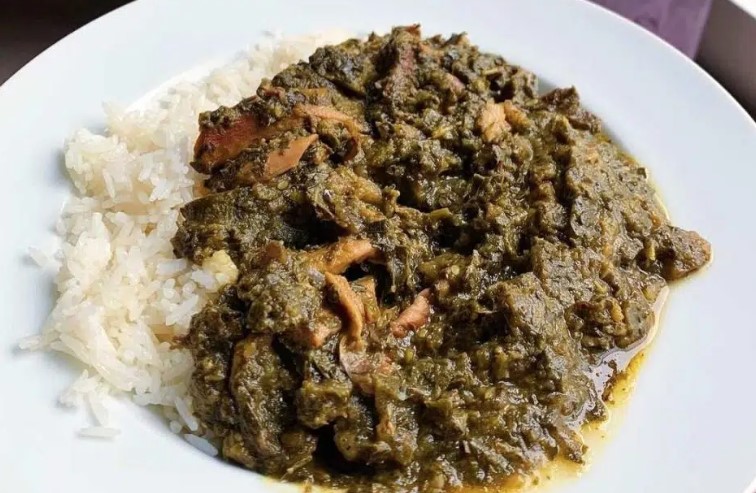Introduction: Grilled Bushmeat
Grilled bushmeat is a popular delicacy in many countries with tropical forests, such as central and western Africa, as well as some parts of Asia and South America. Bushmeat refers to meat from wild animals hunted for food, including mammals, reptiles, birds, and sometimes insects. Grilling is one of the most common ways of cooking bushmeat, as it provides a smoky flavor and crispy texture that enhance its taste.
What counts as bushmeat?
Bushmeat can include a wide range of animals, from small rodents and primates to large mammals such as antelopes, elephants, and gorillas. In some cultures, certain species are considered taboo or sacred, while in others, they are valued for their medicinal properties or as a source of protein and income. However, hunting and consuming bushmeat can have negative impacts on local ecosystems, as it can lead to overhunting, depletion of wildlife populations, and spread of zoonotic diseases.
Preparing the meat for grilling
Before grilling bushmeat, it is important to clean and marinate the meat to remove any gamey or unpleasant flavors. Some hunters prefer to skin and gut the animals in the field, while others bring them home whole or in parts. The meat can be soaked in a mixture of water, vinegar, and salt for a few hours or overnight to tenderize and disinfect it. Some people also add spices, herbs, or fruits to the marinade for extra flavor.
Grilling techniques for bushmeat
When it comes to grilling bushmeat, there are several techniques and tools that can be used, depending on the type and size of the meat. Some hunters prefer to use a open fire, while others use a barbecue grill or a smoker. The heat should be moderate to avoid burning the meat and to ensure that it cooks thoroughly. Some people also baste the meat with oil or sauce to keep it moist and to add flavor. The cooking time can vary from a few minutes for small pieces to several hours for large cuts.
Serving and eating grilled bushmeat
Once the bushmeat is grilled, it can be served with a variety of side dishes, such as rice, vegetables, or plantains. Some people also eat it with sauces or dips, such as peanut butter sauce or hot pepper sauce. Eating bushmeat is often a communal activity, where people sit around the fire and share pieces of meat with their hands or with utensils. In some cultures, certain parts of the animal are considered delicacies, such as the brain, the liver, or the heart.
Health and ethical considerations
While grilled bushmeat can be a tasty and cultural experience, it is important to be aware of the health and ethical considerations of consuming wild animals. Some bushmeat may contain pathogens that can cause diseases, such as Ebola, SARS, or Bovine tuberculosis. Moreover, hunting and killing wildlife can disrupt natural ecosystems and threaten endangered species. Therefore, it is essential to promote sustainable and ethical hunting practices, as well as to support alternative sources of protein and livelihoods for local communities.

